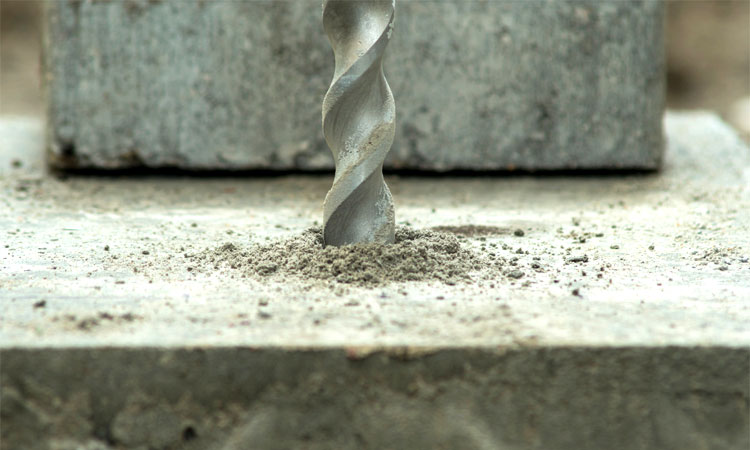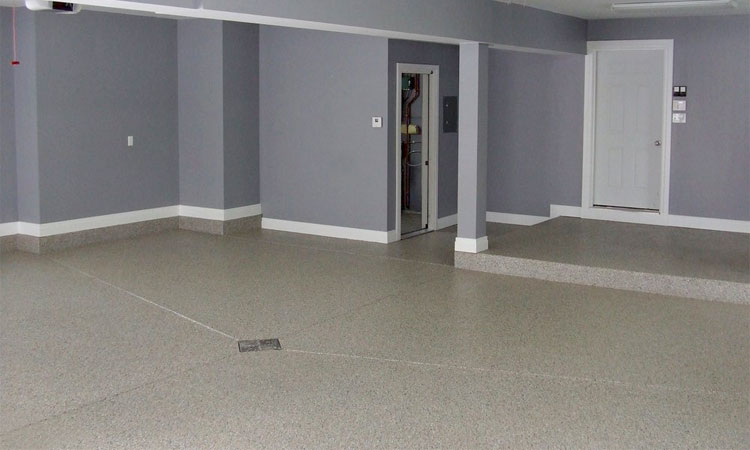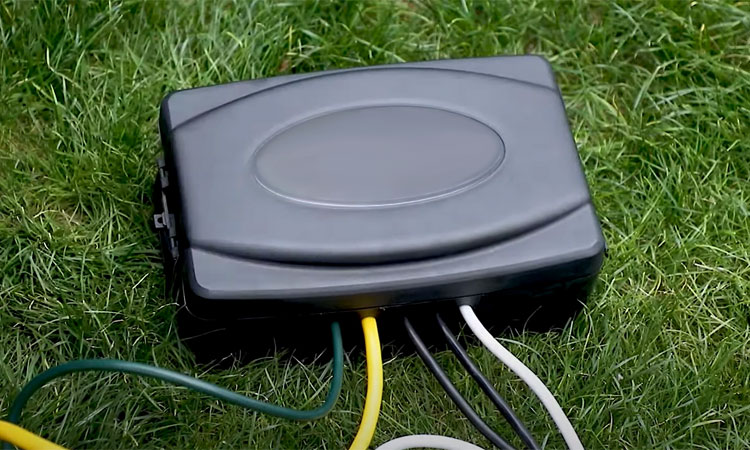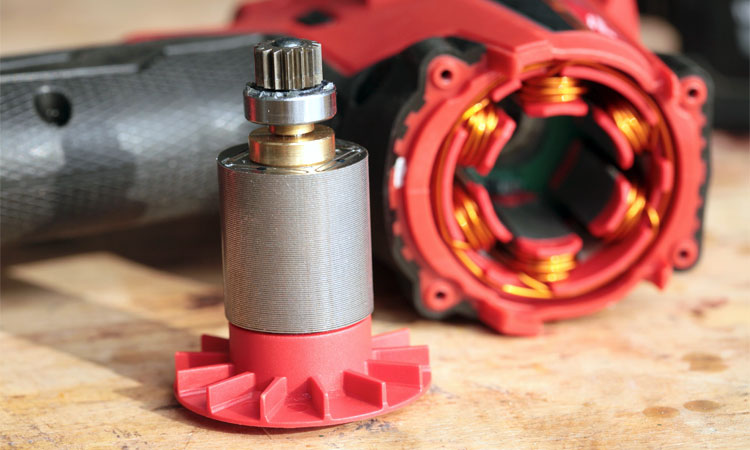Polycrylic vs Polyurethane vs Lacquer (Which Wood Finish is Best?)

It never fails. You’ve just finished a new project or sanded down an old piece of furniture to restore it and everybody you talk to tells you to use something else as the finish.
The problem is, all finishes are NOT created equal, and what works best on one project might prove a disaster for another.
Let’s sit back and take a look at the Big Three, first on their own, then comparatively. There’s no clear winner here, so we’ll do our best to show you how to pick the right application for each job, with examples for each along the way.
Here’s how polycrylic, polyurethane, and lacquer wood finishes compare.
Related: Mineral Spirits vs Paint Thinner vs Acetone (Comparison)
Polycrylic
Polycrylic finishes are water-based products you may not be as familiar with. They’re designed for indoor use and add a protective layer to your wood with similar results as polyurethane.
Recommended Product: Minwax Polycrylic Protective Finish
Pros
These finishes have very low odor and are relatively safe on the VOC (volatile organic compound) front compared to oil polyurethane. They also tend to dry completely clear in most circumstances, making them a better choice for lighter woods.
Cons
Any interruption during the curing process can mar the surface, leaving unattractive scratches in an otherwise perfect surface. You also cannot use polycrylic on outdoor surfaces, as it has less resistance to water.
While it has some durability against heat, it’s not nearly as good as oil-based polyurethane and should not be used in places there’s a lot of heat.
Of the three, polycrylic is also the toughest to apply. It has a very runny consistency that makes it easy to leave droplet marks or streaks when not applied carefully. It dries much slower than it first appears, forcing you to wait four hours or more between coats.
When to Use Polycrylic
Polycrylic is durable enough to use on natural wood floors with light to moderate foot traffic, as well as most furniture. It works well on lighter colored woods that may become tinted when using a non-clear finish.
Kitchen tables are a good use, although you should use polyurethane finish when doing the cabinets above your stove.
Can You Put Polycrylic over Polyurethane?
The answer to this is hotly debated, as most older craftsmen had “do not mix” drilled into their heads. However, many modern DIYers and contractors recommend lightly sanding the polyurethane surface before applying a coat of polycrylic.
In the end, they may be thinking of water-modified polyurethane, which carries qualities of both oil and water based polyurethanes. When in doubt, check the product labels and test on a piece of scrap before experimenting on a major surface.
Alternatively, since both polyurethane and polycrylic are surface finishes, you can simply sand down to the bare wood and apply the polycrylic from there.
Related: Different Types of Sanders and Their Uses
Polyurethane
Polyurethane is an interesting case, as it’s actually a form of plastic that has both solid and liquid applications. Liquid polyurethane may be either water or oil-based, each with its own quirks.
Recommended Product: Varathane Ultimate Polyurethane
Pros
Water-based polyurethane is less toxic and dries quickly. It won’t yellow wood and is a popular choice for everyday furniture such as bookshelves.
Oil-based polyurethane is highly durable and has good heat resistance, making it more commonly found on kitchen surfaces..
Cons
The oil-based coatings may discolor lighter wood surfaces and take a minimum of 24 hours to cure, making them a less popular choice for everyday woodworking. It has a nasty odor, due in part to the higher VOCs. As a result, it’s not the safest thing to have in your home.
Meanwhile, water-based finishes mar easier and have a low heat tolerance, making them poor choices for kitchens and near other sources of heat.
In general, these finishes a natural bristle brush to use and is generally too thick to apply without diluting. As it is a plastic material, it doesn’t penetrate wood, but instead sits on the top and must be roughed with sandpaper for additional layers to stick.
See Also: Best Hand Planes for the Money
When to Use Polyurethane
Oil-based polyurethane is one of the best choices out there for natural wooden floors. It’s also the best choice for heavy-use furniture and outdoor applications.
As it carries a slight yellowish tint, you should only use it on darker woods where it won’t be noticed. As it takes a long time to dry, you should be prepared to isolate any projects for at least a day after each coat
Water-based polyurethane is a great choice for furniture that doesn’t get heavy use. It dries quicker and has fewer VOCs, making it a better choice for homes where there are health concerns.
Can You Put Polyurethane over Polycrylic?
As with doing the reverse, you will always get a mixed answer to this question. While it may be possible to lightly sand the polycrylic and apply the polyurethane on top, we would suggest sanding down to the bare wood and putting the polyurethane on fresh.
See Also: How Many Coats of Primer Before Painting?
Lacquer
Lacquers are actually an entire group of products. Traditionally, they are acrylic, nitrocellulose, polymer, or shellac-based. More modern variants are water-based.
Sadly, they’re becoming the underdog of today’s finishing world, taking a backseat to the polycrylic vs polyurethane war. However, we feel they still hold merit, and not just because we love the underdogs.
Recommended Product: Watco Crystal Clear Lacquer
Pros
Lacquer is famous for having an attractive sheen, although the actual range can be anywhere from ultra-matte to satin to ultra-gloss, giving it a much wider range of uses than one might first think.
Its consistency is perfect for both brushing and applying via low pressure sprayer, making it easier to apply. The results are a smooth, even coating regardless of your DIY level.
In terms of individual bases, some come with their own perks. For example, acrylic lacquer is more durable and less likely to yellow. Meanwhile, water-based is VOC-free and dries faster, plus it’s the most cost-effective.
Cons
Traditional solvent-based mixes have a high VOC content, making them unattractive choices for health reasons. The newer water-based lacquers lack the luster that lacquer is known for. Nitrocellulose is also also highly flammable, severely limiting its potential uses.
Another major downside is in its low durability. Lacquered surfaces are easy to mar or scratch, and the finish will begin to discolor over time, usually yellowing.
When to Use
Lacquer on its own has some limited use. However, as it penetrates the wood, it makes an excellent companion to floor wax or other top-coat finishes.
Its incredibly fast drying time and easier application means it remains a great choice for furniture that doesn’t experience high traffic, as well as for woodworking projects with your kids (provided you pick one of the lower toxicity variants, that is).
The Wood Finisher Awards
As we mentioned before, there is no clear winner, as every product has its own strengths. So instead, let’s break everything down into categories and hold a little awards competition.
Application
Lacquer is perhaps the most versatile, requiring no dilution to use with either brush or high-pressure sprayer. It tends to coat evenly and multiple layers can be applied while waiting for the first coat of oil-based polyurethane to cure.
However, polyurethane is often the best choice for vertical surfaces, due to its thicker consistency.
Application Cost
There’s no point trying to decide who has the cheapest cans when the true cost lies in the application. Oil-based polyurethane is perhaps the cheapest to apply, requiring only a good natural bristle brush.
Lacquers, with their versatility, come in a close second. Meanwhile, polycrylic should only be used if you really have a good hand, since it’s incredibly runny and takes numerous layers, requiring more cans for the same area.
Color Control
Natural light is an amazing thing. However, UV rays are notorious for discoloring finishes.
Oil polyurethanes resists light-based discoloration but will itself add a tint to lighter woods. For this reason, polycrylic gets our vote for the best color control in both sunny and shaded rooms.
Drying Time
Lacquer is the clear winner here, with water-based lacquers drying lightning fast compared to the competition.
Polyacrylic has a relatively short surface drying time, but requires a minimum four hour wait, making both polycrylic and polyurethane a hard sell in a busy household.
Durability
When you need durability, there’s no better choice than oil-based polyurethane. Polycrylics are an excellent second choice and may be the best choice for lighter wood surfaces.
Heat Resistance
Oil-based polyurethane is the clear winner here, hands down. Water-based competition may discolor or otherwise suffer damage from heat exposure.
Safety
VOCs are a growing concern worldwide. Present in almost every household cleaning supply and even our shower curtains, these toxic substances have been linked to a wide range of health and respiratory issues.
Formaldehyde in particular is highly toxic, and fumes are often emitted from treated wood. As safety is always a concern, you may find yourself choosing a less durable finish when dealing with infants who could be chewing on your finish.
Water-based lacquer is by far the safest choice, with extremely low toxicity (and some are even toxin-free). It should be noted that polycrylic actually comes in second here, with a greatly reduced VOC content than polyurethane and solvent-based lacquers.
Sheen
Nothing beats lacquer for sheen. However, that’s not to say polyurethane can’t do a similar job with very little sacrifice made (most people won’t even notice, depending upon the room and natural lighting).
Both create a matte or glossy finish, and while polycrylic also adds some gloss, it won’t make side tables look as attractive as lacquer.
See Also: Best Paint for Garage Walls (Type, Sheen, and Color)
Water Resistance
This is essentially a tie, with oil-based polyurethane offering the best overall protection, especially outdoors.
However, the ability of lacquer to soak into wood surfaces gives it a long-term edge that makes it the best choice for protecting antique furniture. Paired with a wax topcoat, and lacquer can handle floor spills like a champ.









